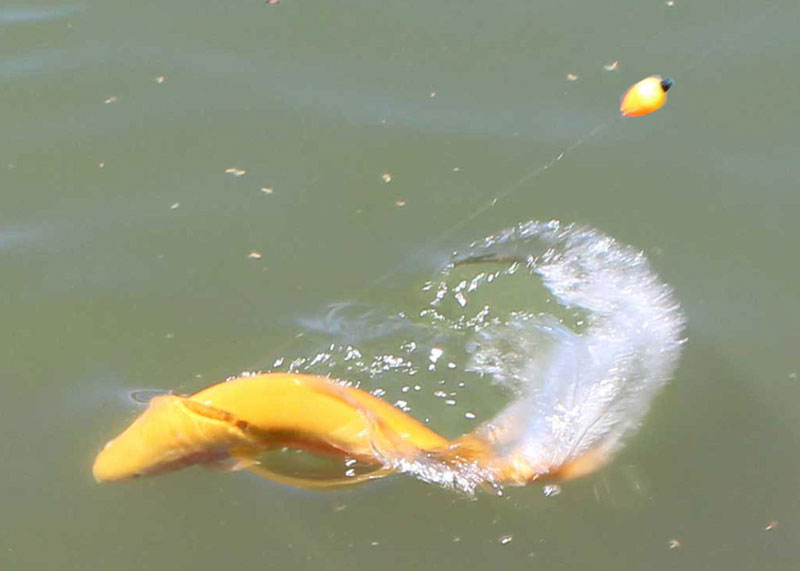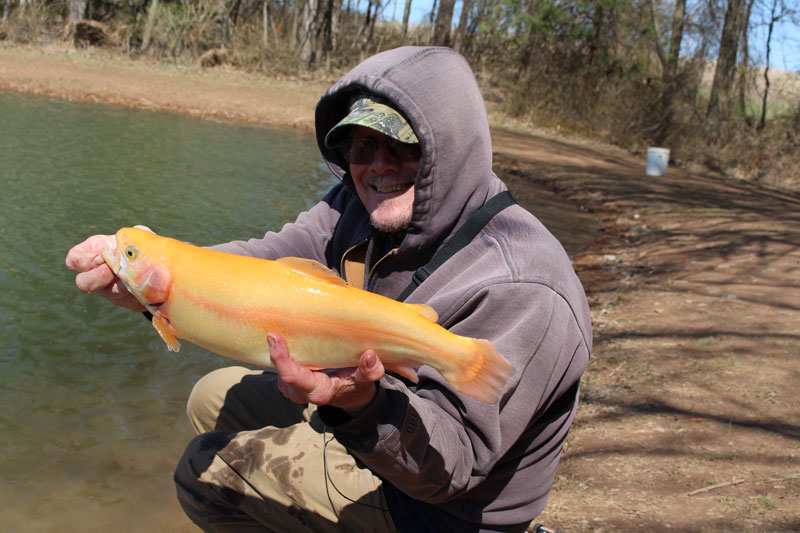Stocked trout have caught your attention? Or, maybe some big bluegills are swimming around in that pond? Then we sure hope you’re familiar with Float-N-Fly tactics, because especially on breezy days this one’s a killer. We fished with FishTalk's Freshwater Correspondent Jim Gronaw, to see how it's done.
Here's a recap on the basics, in case your video player isn't working (or you just prefer the written form).
- Tie a bead-head fly on very light line, and put a bobber three or four feet above it.
- Position yourself down-wind. Cast out into the breeze and allow the wind to drive the bobber back towards you, dancing in the waves to provide action.
- Reel in slack line constantly, so you’re always prepared to set the hook. If strong winds create too much drag on the line, keep your rod tip low to the water to reduce windage. Conversely, in a light breeze keep the tip up so the line catches the wind and the rig gets more motion.
- As soon as the bobber dips under, set the hook.
- Adjust the bobber length up or down regularly, until you ID the depth the fish are feeding at.
- When the bite is slow, try tipping the fly with a mealworm or a tiny (but smelly) Powerbait.

Just how well does this tactic work? At the stocked pond where Jim demonstrated the tactic, we watched as he hauled in eight trout an a couple of hours (while fishing with a handicap, since we were filming and he had to break away from fishing at times to talk to the camera). Meanwhile, there were about two dozen other anglers scattered along the banks of the pond. Our best guess is that on average, the other anglers caught between two and four trout in the same amount of time. Some were fly fishing, some were fishing with Powerbait for Trout, and some were casting spinners and other small lures. The bottom line? The Float 'N Fly technique crushed 'em.
